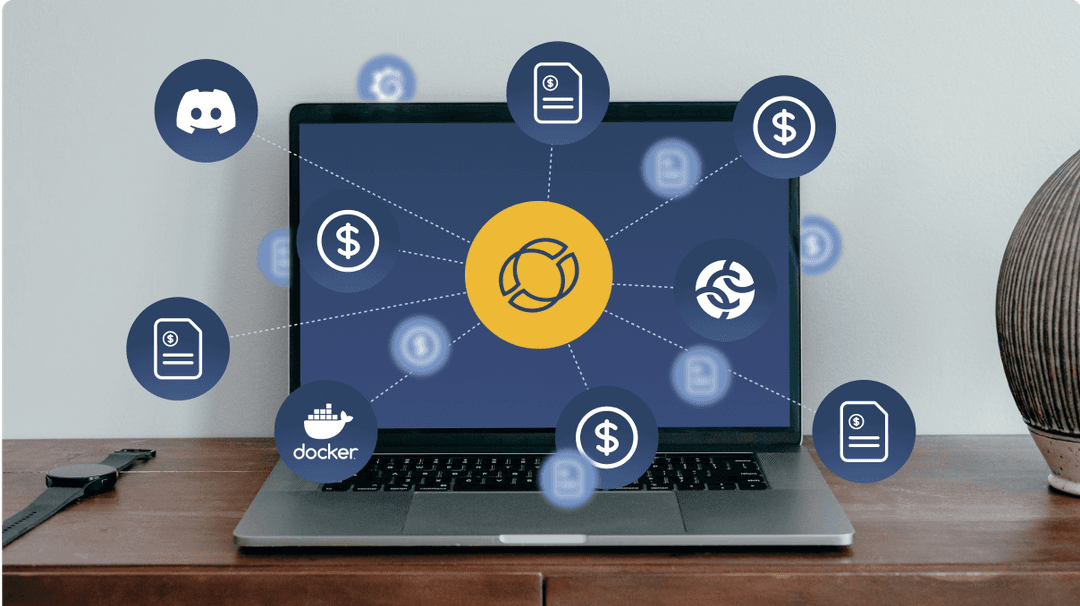The Basics of Unicorn Stock Taxation
Untangling the complex tax rules for your stock options
Unicorn employees are naturally excited to hold stock options while the value of their shares grows in leaps and bounds from one company financing to the next. Relatively few are aware, however, that they effectively have a silent partner in their options, the tax collector. And, depending on your circumstances, this silent partner may not be a small stakeholder. State and federal tax rates can run as high as 46% of your proceeds from a stock sale. Unfortunately, the tax rules for private company options and stock are complex and confusing. Figuring out how to apply the rules, much less optimize your financial decisions in light of them, is a daunting task. In this article, we will give you the basics and an idea or two on how to best navigate the tax rules to keep as much of your option’s after-tax value as possible.
Let’s start with the first, simplest rule of investment taxation: your taxable income on the sale of an asset (including stock) is your sale price less your basis. Your basis is the price you paid to acquire the asset. For stock options, your basis is your exercise price – i.e., the price you paid to the company when you exercised your options and received your shares. Unfortunately, the analysis doesn’t stop there. Instead, you have to next determine what type of options you hold: Nonstatutory Stock Options (NSOs) or Incentive Stock Options (ISOs) - because different rules apply to each. Look to your stock option grant paperwork or contact your HR department to see whether your options are NSOs or ISOs.
Taxes when you exercise
Generally, the first point at which you might have to pay tax on your options is when you exercise them. If you exercise NSOs, the IRS will want to collect the amount of your gain – i.e., the amount by which the current fair value of the shares you are receiving exceeds what you pay for them (the exercise price). How do you know the fair value on the date you exercise your options? Your company keeps track of this by regularly getting outside appraisal firms to value the company’s stock. These valuations are usually called “409A valuations” in reference to the relevant tax rule. Your HR or finance department should always be able to tell you what your company’s current 409A value is for your shares.
When you exercise your NSOs, the company will report the difference between the exercise price and 409A valuation as ordinary income on your W-2 (or form 1099-NEC for non-employees). This is the first place where things can go horribly wrong. In unicorn companies, the 409A valuation for your shares has likely increased significantly since your options were granted years ago. With a huge gain, of course, comes huge W-2 income and so a huge tax bill. But since your company is still private, it can be very difficult to sell your shares to pay that tax bill. We highly encourage option holders to estimate their tax before exercising NSOs and ensure they have a reliable cash source to pay the resulting tax bill.
If you hold ISOs instead of NSOs, the news is a little better. ISOs typically don’t get taxed when you exercise your options. Rather, you get taxed when you sell the shares you received upon exercising your options. However, even that simple rule is subject to an exception because of something called the Alternative Minimum Tax (AMT). The spread between the exercise price and current 409A at the time of exercise is subject to the alternative minimum tax (AMT).
What is the AMT and when does it apply? The simplified answer is that every year your income tax is calculated using two methods: the ordinary income method and the AMT method. The first method starts with your income, subtracts your deductions, and then applies the graduated tax rate to the balance. The AMT method starts with your income, subtracts limited deductions and then adds back so called “preference items” that are not included under the first method. One of the preference items is the spread on ISOs that you exercised during the year multiplied by the applicable AMT rate (i.e., 26%-28%). The sum of these amounts gives you your “tentative minimum tax.” To determine whether or not you should pay taxes based on the ordinary income or AMT , you compare your ordinary income tax with your tentative minimum tax and, unsurprisingly, pay the higher amount.
Taxes when you sell
Now let’s talk about what happens when you finally sell your shares. If you’re selling shares received pursuant to an NSO within a year of exercising your options, you’ll pay short-term capital gains (currently up to 47%, federal and state) on the difference between your sale price and the shares’ 409A value when you exercised your option. If you sell the shares a year or more after exercising your options, you’ll pay long-term capital gains on the difference between the sale price and the 409A value on the exercise date.
The tax treatment on the sale of ISO shares is a bit trickier. If you sell your ISO shares within the same calendar year you exercised the option, that’s called a Disqualifying Disposition and you pay ordinary income tax on the difference between the exercise price and the sale price. If you sell the shares after the calendar year you exercised the option but less than 12 months after exercise, again that’s a Disqualifying Disposition and you would pay: (i) ordinary income on the difference between the exercise price and the 409A value of the shares on the exercise date, PLUS (ii) short term capital gains tax on the difference between the value on the date of exercise and the sale price. Lastly, if you sell the shares more than two years after the grant date and one year after exercising, that’s a Qualifying Disposition. You are charged long term capital gain tax (generally 15-30% state and federal depending on the state) on the difference between your exercise price and the sales price.
Tax deferred liquidity from loans and exchanges
One tax optimizing strategy that’s becoming increasingly available to unicorn shareholders is to borrow against your shares instead of selling them. If you hold NSOs, you will still have to pay taxes on the difference between your exercise price and the 409A value at the time, but the loan itself doesn’t trigger any taxes. Further, some of these loans are non-recourse. This means that even in the highly unlikely event that the shares serving as collateral for the loan lose all of their value, you are not personally liable for repayment of the loan. Put another way, the lender’s only source of repayment for these types of loans are the collateral shares and not you, the borrower.
There are, however, drawbacks to many private market loans. First, they are not available for some companies’ shares. Second, even when they are available, they may have very low loan-to-value ratios, meaning that you can only borrow 15-20% of the value of your shares. For many shareholders this does little more than pay the exercise price and related taxes, leaving little to no cash left over for the borrower. Finally, interest rates and stock fees (fees in which the lender takes some of your shares at the payoff of the loan) on the loans can be very high. Before entering into one of these loans make sure to understand exactly the interest, cash fees and stock fees are calculated and when they’re paid.
Another tax-deferred strategy you might consider are exchange funds. Exchange funds allow you to exchange shares in your company for a partnership interest of equal value in a diversified basket of many stocks without the exchange triggering taxes in most cases.¹ The resulting diversification reduces the risk arising from holding too much of your net worth in any one stock. For example, the Collective Liquidity Exchange Fund holds a basket of pre-selected, leading unicorn shares. If you hold shares in one of these portfolio companies, you can exchange your shares into the fund tax free and become a limited partner in the fund. After the first year, you can typically redeem your limited partnership interest for cash at the end of any quarter.
Lastly, Collective Liquidity enables a strategy that can give you the best of both exchange funds and loans. First, you exchange shares into the Collective Exchange Fund tax free in return for a limited partnership interest in the fund. Then you use an Exchange Loan, a non-recourse loan secured by your limited partnership interest, to generate cash. Interest on the loans is tax deductible.² Exchange Loans are made at much higher loan to value ratios than regular stock loans – as high as 60%. For many shareholders the result is more after-tax liquidity than they’d get from a stock sale where they can give up more than 50% of their sale proceeds to taxes and broker fees. Plus, you retain upside in the Exchange Fund. When the time is right for you, you redeem your limited partnership interest, using the cash proceeds to pay off your loan and keeping whatever is left over. Between the original loan proceeds and the remainder of your partnership interest after repayment of the loan, the resulting after tax liquidity can be a multiple of what you’d receive from just selling your stock. To learn more about tax free exchanges for unicorn shares and Exchange Loans, visit CollectiveLiquidity.com.
¹ Note that, as stated above, exchanging shares that resulted from an ISO exercise, which haven’t been held for two years after the grant date and one year after exercise, will be deemed a disqualifying disposition and the spread between the exercise price and current 409A is taxable. Any taxable income resulting from the disqualifying disposition increases your basis in your shares. The increase in basis reduces your taxable gain when you later choose to liquidate your interest in the Exchange Fund.
² You can claim the interest expense incurred on the loan as a deduction on your tax return against investment income. Investment interest expense that exceeds "investment income" is carried forward indefinitely and can be used to offset the gain if/when you choose to redeem your interest in the Exchange Fund.


